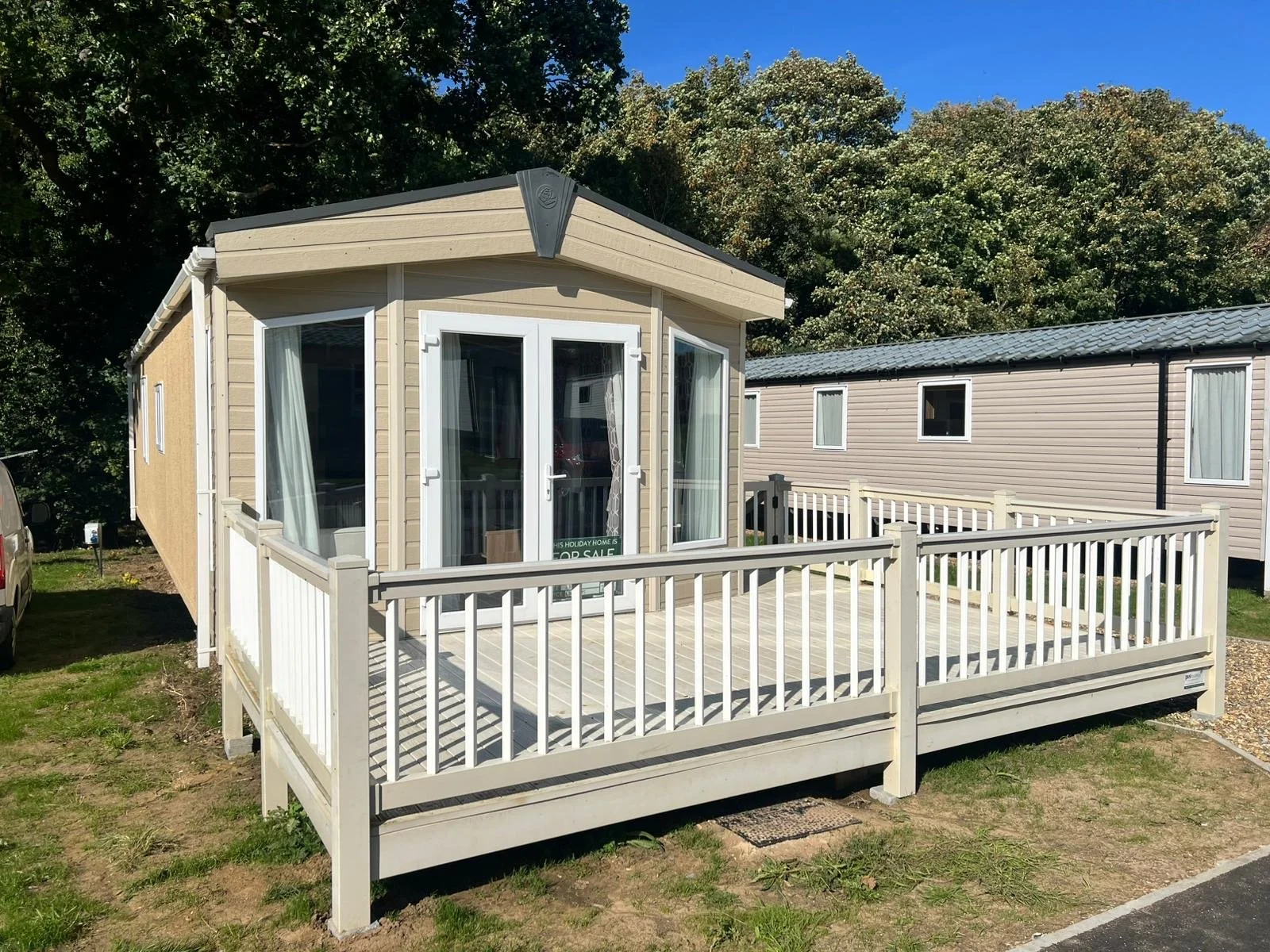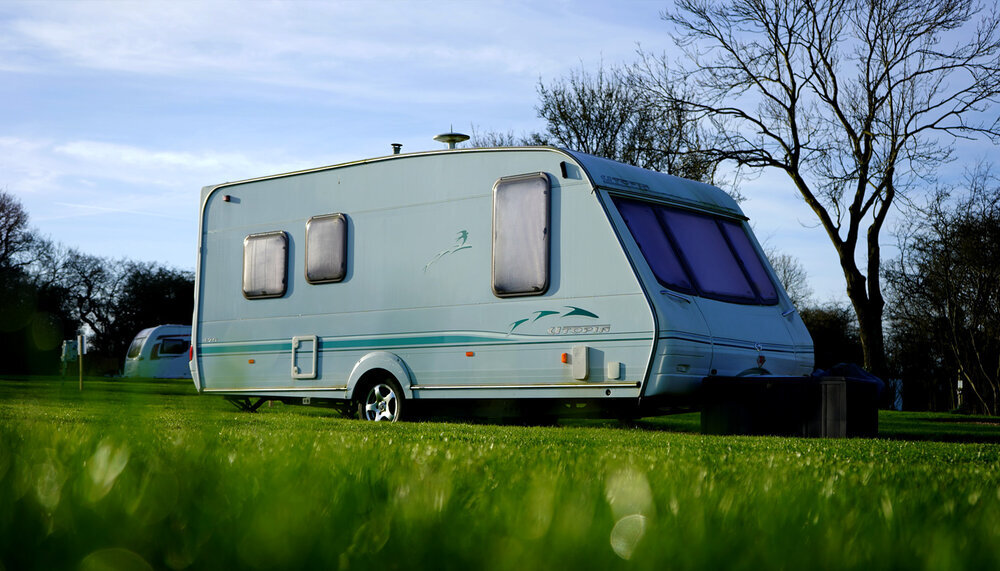The great thing about holidaying in the British Isles is the abundance of wildlife right here on our doorstep. Those looking to do some seal spotting on holiday should look no further than our very own Norfolk coastline, where you can see both grey and common seals. And what’s more, you can see them all year round!
Keep reading to find out about 4 fantastic locations in Norfolk that are frequented by the “labradors of the sea”. And with a Norfolk holiday home, you can visit these seal hotspots whenever you like!
1. Hunstanton
Thanks to its vast expanse of shallow tidal sandbank, the seaside town of Hunstanton is home to one of the largest colonies of common seal in the UK. Common seals are the smaller of the two species and have ‘V’ shaped nostrils and rounded faces. The seals have their young between June and August so get yourself down to the seaside between these months and you are sure to see some adorable seal pups!
A great way to get closer to these adorable furry mammals is to take a boat trip. Naturally inquisitive in nature, the animals love to bob up around the boats. The seal safari runs from Hunstanton several times a day during May to September and takes place on novelty vessel Wizzy The Wash Monster, making this a great activity for all the family.
Hunstanton is also one of the only places in Norfolk you can watch the sunset, as it faces east. So head over to “Sunny Hunny” for a seaside trip to see the seals, and stay to watch the summer sunset in the evening.
2. Horsey Beach
Another great place to do some seal spotting is at Norfolk’s Horsey Beach, where a large colony of grey seals breed between November and February. Grey seals are usually larger than their common counterparts, with longer faces and have a pebble-dashed coat. Make sure you bring along some binoculars to spot the shyer seals in the distance.
The winter months are the prime time to see seal pups, with charity groups like Friends of Horsey Seals posting regular pupdates on their Facebook page and website. There’s lots of information on their website about safety around seals, what to do if you see any seals in danger and general guidelines for visiting the area.
The actual beach at Horsey is closed during season, with wardens on hand to make sure the seals are ok and not being disturbed. There are a variety of viewing points set up in the dunes to view the seals from.
You’re likely to see seals from neighbouring Winterton beach all the way up to Waxham and Sea Palling during this period, so a long coastal walk to see the seals in the Winter sunshine is a perfect activity.
This biggest things to remember is to keep a good 10 metre distance between you and any seals. Not only can seals become territorial and attack, but they are more likely to abandon pups who have been near to humans.
Seal Colony at Blakeney Point by Alastair Rae - CC BY-SA 2.0
3. Blakeney Point
One of the best places to see seals in Norfolk is Blakeney Point, which boasts a huge colony of up to 500 seals, both common and grey variety.
The best time to see the common seals and their pups at Blakeney Point is between June and August, however boat trips run from Blakeney and Moreston Quay every day, most of the year round. The boats glide alongside the sandbanks allowing visitors a fantastic view of the seals in their natural habitat.
4. Scroby Sands
Scroby Sands is a sandbank off the coast of Caister and Great Yarmouth, the site of many historic shipwrecks and home to an offshore wind farm as of 2003. It is also home to a colony of grey seals, which you can visit with Jet Adventures, a boat trip company based at Heritage Quay in Lowestoft, just a few miles south from our very own North Denes Park.
The boat trip heads North from Lowestoft’s South Pier past Ness Point, Gunton, Corton, Hopton and Gorleston and outward to Scroby Sands to see the seals in their natural habitat.
If you’re considering one of our holiday homes for sale then be sure to check out one of these seal hotspots while you’re here, after all, they could help make your decision easier! Remember to keep dogs on leads at all times and keep about a 10-metre distance from the animals. Happy seal spotting!




















